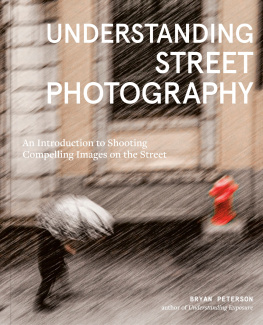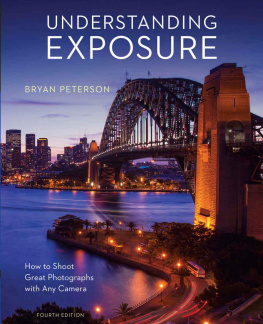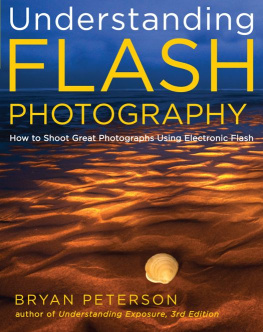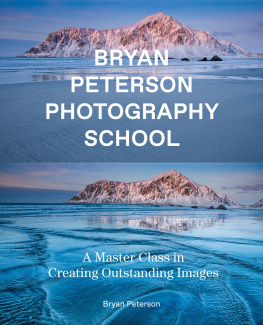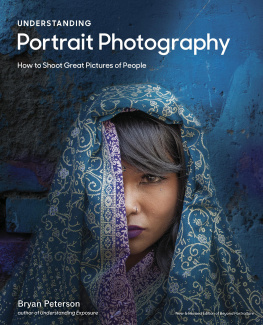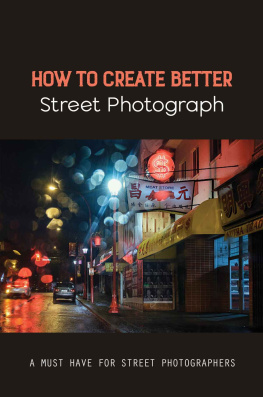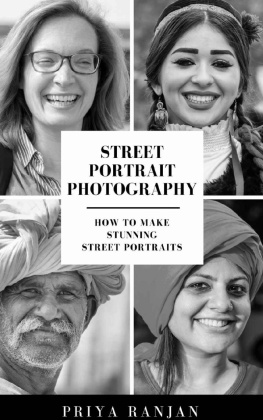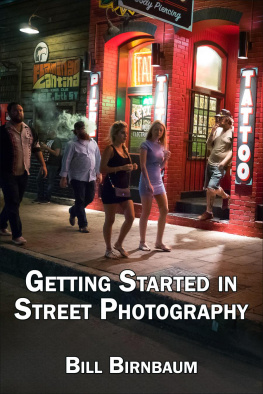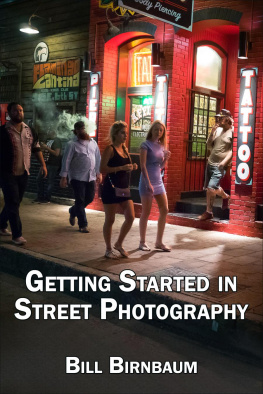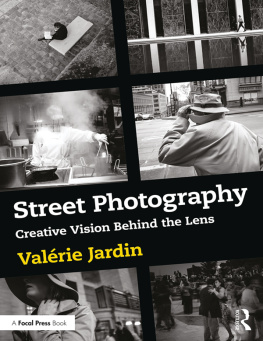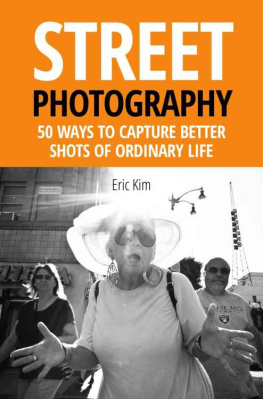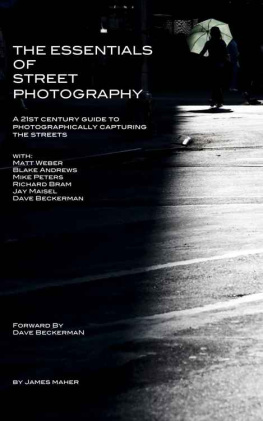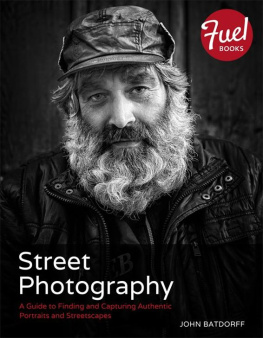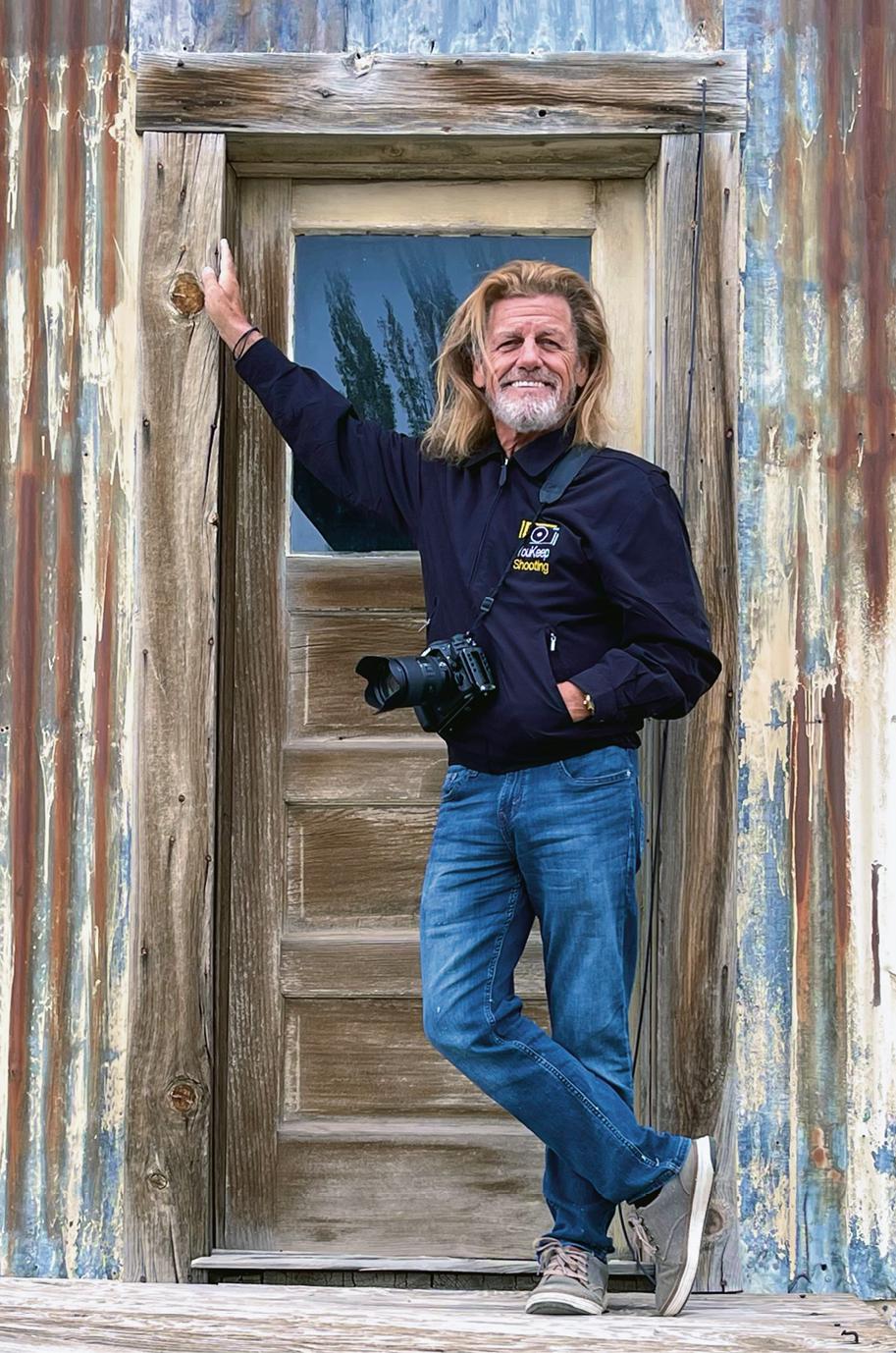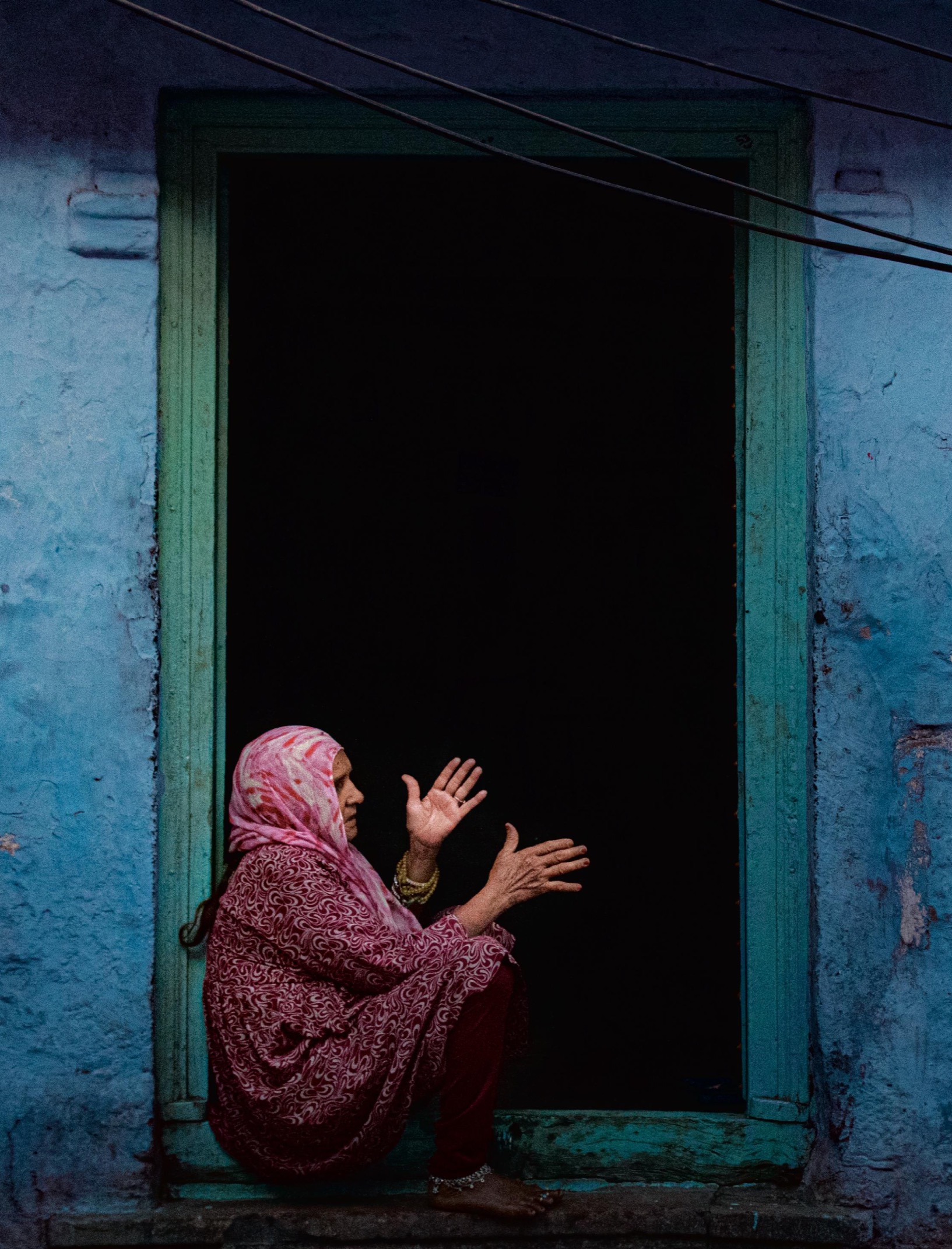Bryan Peterson is a professional photographer, internationally known instructor, and founder of the Bryan Peterson School of Photography. He is also the bestselling author of Understanding Exposure, Learning to See Creatively, Understanding Portrait Photography, Understanding Color in Photography, and his most recent book, Bryan Peterson Photography School. His trademark use of color and strong, graphic composition have garnered him many photographic awards, including the New York Art Director Clubs Gold Award and honors from Communication Arts Photography Annual and Print magazine.
LIGHT AND SHADOW
Seeing Like a Camera: Shadow Pockets
Thanks to the architecture of cities worldwide and the many tall buildings that define them, shadow pockets are especially prevalent, more so than in landscapes. In these very pockets of black goldand the brightly lit features around themyou can find a wealth of impactful images. Yet to reveal these treasures, you must learn to see as a camera does.
The human eye can see a range of light and dark that is equivalent, in photographic terms, to 16 to 18 stops. This means you will often walk past the black gold, because your eyes and brain can clearly see, for example, both a frontlit tricycle and the long, dark shadow of the alleyway behind the tricycle. But what if, on the other hand, you could see like your cameras light meter does, with only about a 9-stop range of light to shadow? Then you might see the shadowed alleyway behind the tricycle as an opportunity. By setting a manual exposure for the sunlit tricycle and composing it against the alleyway, you would reveal the great volume of black gold behind the tricycle.
And the reverse is also true: shaded figures in front of a brightly lit background can become velvety dark silhouettes if you expose for the lit background. Do you remember the first time you shot a sunrise or sunset at the beach with a friend or family member walking in the foreground against the rising or setting sun? Or how about that country scene at sunset where you shot a large oak tree or barn against the bright red-orange sky? It was exciting, I know, to see such stark contrast between the vivid colors of the sky and the often pitch-black silhouetted shapes of people, trees, or the proverbial barn. If you have yet to realize that you can create that same type of image without an actual sunrise or sunset, perhaps that defining moment can happen now.
These are just two examples of why its imperative that you learn to speak and see like a camera, in much the same way that you will go much further in any foreign country when you speak that countrys language. Your camera and lenses speak a unique photographic language, one that many photographers, especially with todays proliferation of smartphones, are failing to learn.
Are you familiar with the new language translation recorders that allow you to say something in your native language and then play it back in a different language? Perhaps you own such a device. For many photographers, Photoshop serves the same purpose, replacing any need to speak the language of photography. And similarly to the language translation apps, Photoshopas smart as it may beis actually undermining the personal self-esteem and uplifting feeling of empowerment you can gain from creating an image and photographic style that you can honestly claim as your very own. Prior to the digital age, most photographic creations were the result of investing the necessary time to learn about metering light and shadow, the potential visions of apertures and shutter speeds, the unique visions of all of your lenses, the various focal lengths, and finally how to combine your personal style and love of line, pattern, texture, color, and people and/or landscapes with fresh and unique points of view, all leading to what was hopefully an impactful image, a compelling composition.
I should note here that because smartphone cameras can encompass both light and shadow simultaneously with a more extreme dynamic range, they do not offer the same opportunity to capture pockets of black gold. (DSLRs and mirrorless cameras are headed for that extreme dynamic range, and Im hoping that manufacturers will install a kind of dimmer switch to tone down the dynamic range when necessary.) If youre using a standard DSLR, it should be really important to you to develop your vision, abandoning what your eye and brain have led you to believe and embracing with fervor the vision of your cameras more limited sensitivity to light and dark. Once you do this, you will discover the black gold that is often right in front of you, if not behind you!
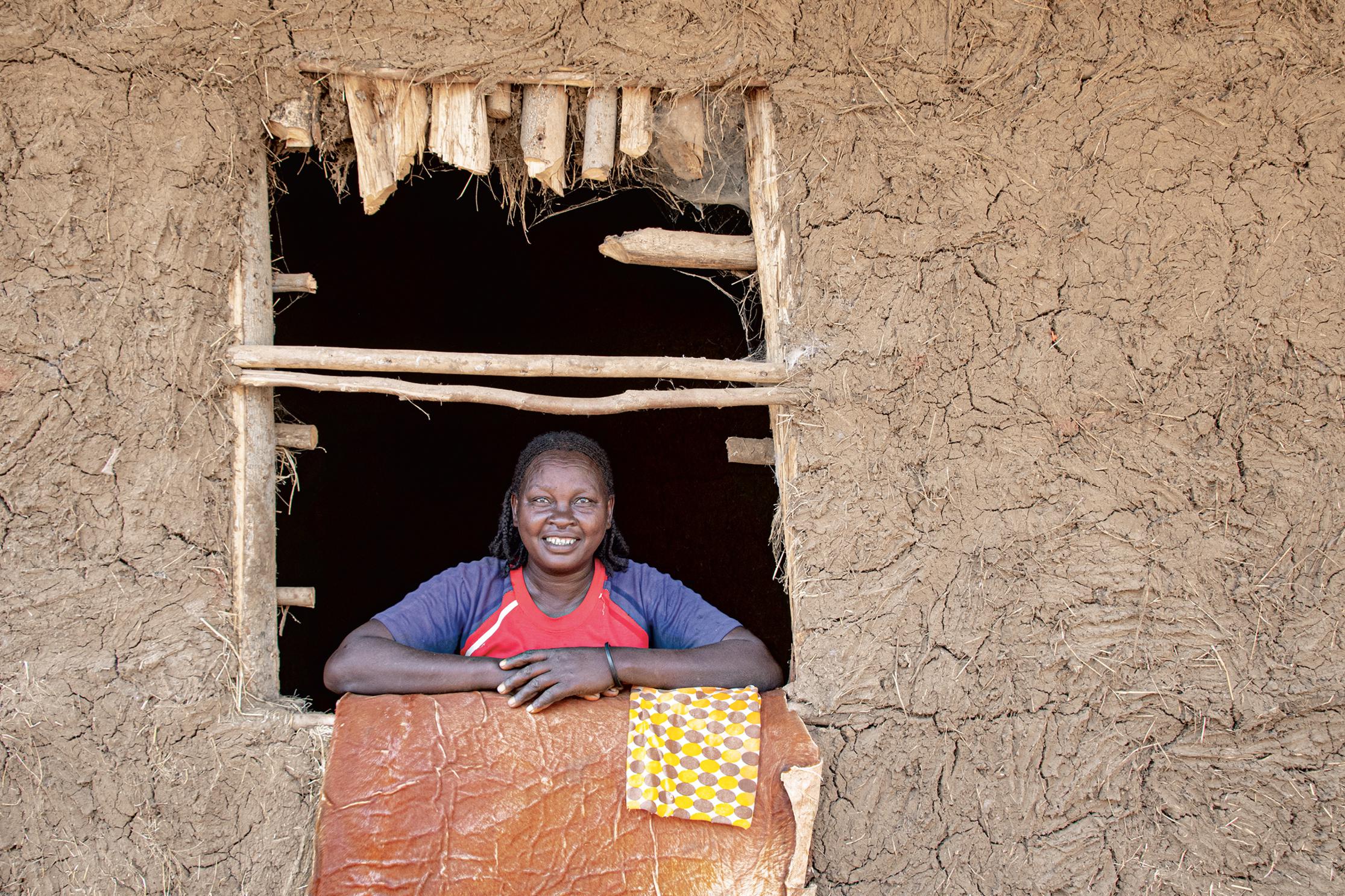
In both this composition and the one on , I made use of the cameras limited range of light and dark, mining the black gold behind the subject. This young woman, from the Konso tribe in Ethiopias Omo Valley, was lit by the overcast light of midday, with the much darker interior of her small home behind her. I exposed for the brighter, softer light on her face, recording the background as a severe underexposure and adding a welcome dollop of contrast!
Nikon D850, NIKKOR 24120mm lens, f/8 for 1/100 sec., ISO 200, Daylight/Sunny WB
The Photographic Triangle
Before we go further, lets review some fundamentals. Just as it was one hundred years ago, every camera, whether a DSLR or the one in your smartphone, is nothing more than a lightproof box with a lens at one end and a light-sensitive receptor (formerly film; today, a digital sensor) at the other. When light is allowed to enter the opening in the lens (the aperture) for a certain amount of time (the shutter speed), an image called an exposure is recorded. A correct exposure is a simple combination of aperture, shutter speed, and ISO (the sensors sensitivity to light). I refer to these three factors as the photographic triangle.
The size of the aperture, or lens opening, determines the volume of light that reaches the digital sensor during an exposure. The smaller the f-stop number (for example, f/2.8, f/4, f/5.6), the larger the lens opening and the more light is allowed in. The larger the f-stop number (for example, f/16 or f/22), the smaller the lens opening and the less light. For more on aperture, see .
Shutter speed controls the amount of time light is allowed through the cameras lens to stay on the digital media. The slower the shutter speed, the more light is allowed in. Todays cameras offer shutter speeds from a blazingly fast 1/15,000 sec. to as long as 30 seconds. Smartphone cameras have a more limited range, from approximately 1/1000 sec. to 1/60 sec. For more on shutter speed, see .
The third part of the photographic triangle is the ISO, or the sensitivity of the film or digital sensor to light. The higher the ISO, the higher its sensitivity to light. For example, ISO 400 is more sensitive to light than ISO 100. For more on ISO, see .

